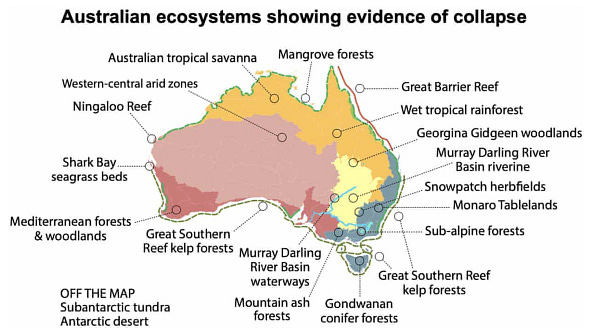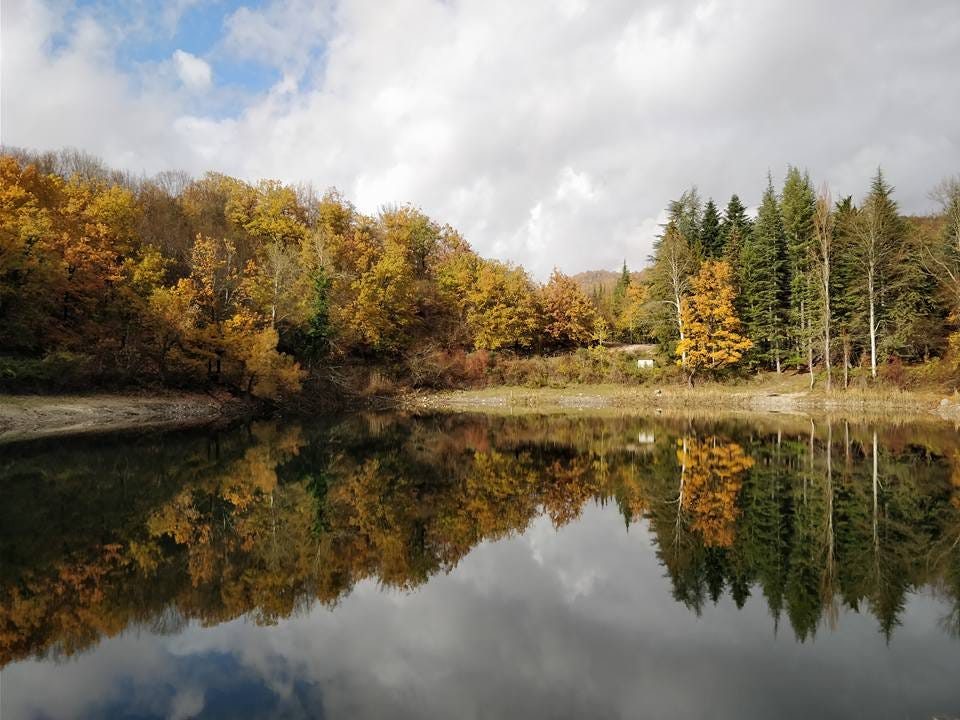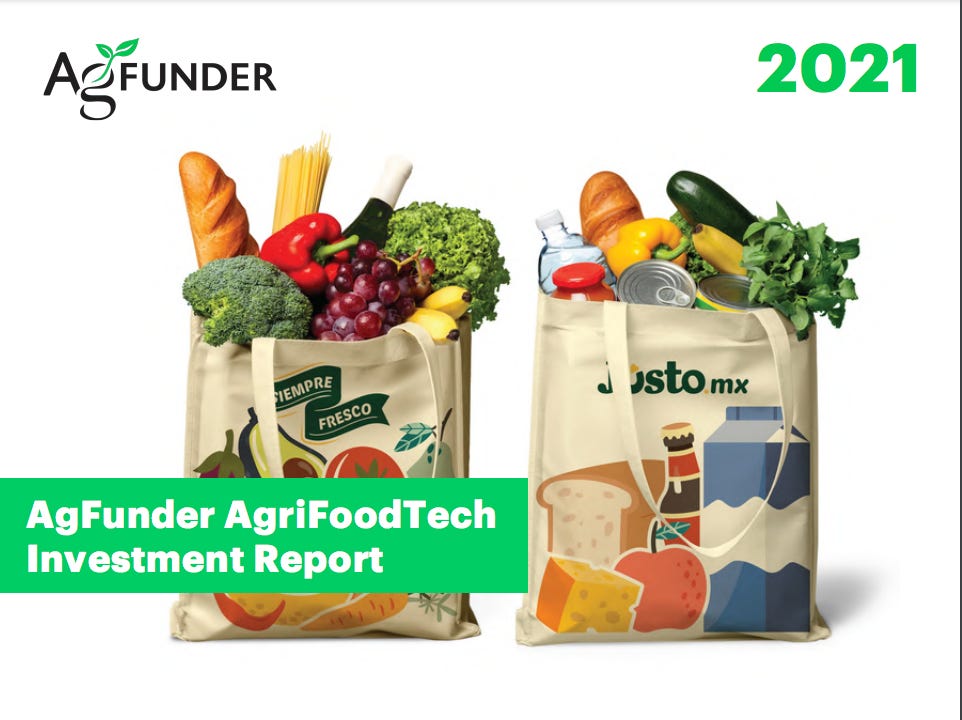Hey Big Spenders!
A newsletter about food systems, climate change and everything connected to them
This week, instead of focusing mostly on one topic, I’m going to have lots of little tidbits because there were a lot of interesting reports and studies that came my way.
Barring any unforeseen developments, I plan to dedicate next week to food waste issues so if you come across anything really interesting & innovative on that topic, send them my way. Details at the bottom on how to reach me.
Oh and if my photos are starting to look similar, it’s because I’m willing for Spring to arrive sooner…. but with the way the Gulf Stream is going (see below), it might be wishful thinking!
Anyway, let’s pick up from where we left of last week.
How do you solve a problem like… the CAP?
The Greens/EFA Group in the European Parliament just published a report that looks at the use of EU agricultural subsidies in five countries in Central and Eastern Europe and the findings make for uncomfortable reading. They found the funds “contribute to fraud and corruption and undermining the rule of law” in Bulgaria, the Czech Republic, Hungary, Slovakia and Romania.
The 84-page, “Where does the EU money go?” comes at a time when, like I mentioned last week, there’s a trilogue going on between European institutions - the Parliament, the Council and the Commission - on reforming the Common Agriculture Policy (CAP), the European Union’s largest budget item.
The report said in Bulgaria, despite the hundreds of millions in CAP payments every year since 2007, there has been a demise of small- and medium-sized family farms. In 2013, owners cultivated a third of land. By 2016, the number stood at just 12.4%. Meanwhile, the top 2.4% of beneficiaries received 45% of all direct payments.
The report also pointed to conflicts of interests in the Czech Republic where both the Prime Minister and the current Minister of Agriculture have links to large agricultural firms. In Hungary, state interference by the government, allegedly with support from large landowners, led to an organic farm shutting its doors.
I’ve only read it once because it came out a day before this newsletter so if I missed anything, give me a shout.
Blowout year for AgTech
Startups looking to disrupt the food and agri sector raised at least $26.1 billion last year, a 15% rise year-on-year, according to AgFunder AgriFoodTech Investment Report (tip - you need to give you name and e-mail address before you can download the report).
Much of this is in late-stage deals - the report cites Impossible Foods’ $500 million and $200 million rounds - but apparently early-stage deals are bigger now too, by 10% in terms of dollars and 15% in terms of the number of deals closed.
There was a fairly even breakdown in terms of investment in upstream deals (farm management, robotics, etc, that is closer to the farm) versus downstream (restaurants, markets, etc), although the former is higher by an estimated $1.5 billion, which, apparently, is the first time in seven years that ventures focusing on improvements around the farm surpassed those in retail.
In terms of geography, the U.S. leads the way, accounting for just over half of the money raised. Who’s second? China, mainly from large downstream deals. And perhaps in a sign that Asia is increasingly interested in AgTech, Singapore appeared in the list of both the top 10 accelerator funds and venture capital fund managers.
19 Ecosystems in Australia & Antarctica “collapsing”
From the arid interior, savannas and mangroves of northern Australia and the Great Barrier Reef to the moss beds in Antarctica and the Murray-Darling Basin whose rivers and other freshwater systems support more than 30% of Australia’s food production, 19 ecosystems are “collapsing”, warned a newly published study (behind a paywall).
What does collapsing mean? The study’s authors say this is a state where ecosystems have changed in a substantial and negative way from their original state AND are unlikely to recover.
What is even more alarming is the authors said their study is based on measured data and observations and not modelling or predictions for the future.
“This is a dire wake-up call — not just a warning. Put bluntly, current changes across the continent, and their potential outcomes, pose an existential threat to our survival,” the authors said in an article in The Conversation.
If you prefer bite-sized doses, then check out this thread by Pep Canadell, executive director of the Global Carbon Project, who has done some really interesting work himself, including a study last year that found emissions of nitrous oxide (N2O) - also known as “laughing gas” - have been increasing because of growing use of nitrogen-based fertilisers for food production. I interviewed him and wrote about it here.


Gulf Stream at its weakest in millennia
Another worrying paper, this time co-authored by scientists from the Potsdam Institute for Climate Impact Research (PIK), said the Gulf Stream System is the weakest in over 1,000 years. They said the slowdown is likely linked to human-caused climate change. I guess this is one of those rare times where the word “unprecedented” isn’t an exaggeration.
“The Gulf Stream System works like a giant conveyor belt, carrying warm surface water from the equator up north, and sending cold, low-salinity deep water back down south. It moves nearly 20 million cubic meters of water per second, almost a hundred times the Amazon flow,” said PIK’s Stefan Rahmstorf.
Why does it matter that it is slowing down? Well the Gulf Stream, whose official name is Atlantic Meridional Overturning Circulation - who knew? - regulates weather patterns in Europe, England and also parts of the U.S. and a weakened AMOC could lead to sea level rise in the East Coast of the U.S. and wild weather in Europe, like more intense winter storms.
Unfortunately, this study is *also* behind a paywall - this is such a recurring occurrence one can only sigh but perhaps someone more powerful than me can take on this issue? - so we’ll have to be content with the contents of the press release.
One Earth One Future webinar
If you are interested in following up on the One Earth One Future webinar I mentioned last week - the part with the ESG needing to look beyond carbon - the video of the event is now up. The first half of the webinar focuses on the One Earth aspect and speakers include Lord Goldsmith, UK’s environment minister, as well as officials the U.N. food agencies based in Rome.
The second half - the One Future bit - was moderated by yours truly and has two sessions.
The first digs into the Dasgupta Review and the experiences in Italy and Chile. The second focuses on the Task Force for Nature-related Financial Disclosures (TNFD) which is a new group formed by financial institutions to appraise, identify, manage and report nature-related risks and re-direct “global financial flows away from nature-negative outcomes and towards nature-positive outcomes”.
Funding opportunity
The UK-based charity JAC Trust is providing grants of up to £30,000 for initiatives that work with refugees, IDPs (internally displaced persons) or returnees and their host communities to respond to the climate crisis. They are looking to fund registered non-profits or organisations with an annual income of less than £10 million.
Funds must be used within 12 months and deadline for application is March 21. More information here.
Have a great weekend! Please feel free to share this post and send tips and thoughts on twitter @thinink, to my LinkedIn page or via e-mail thin@thin-ink.net.




